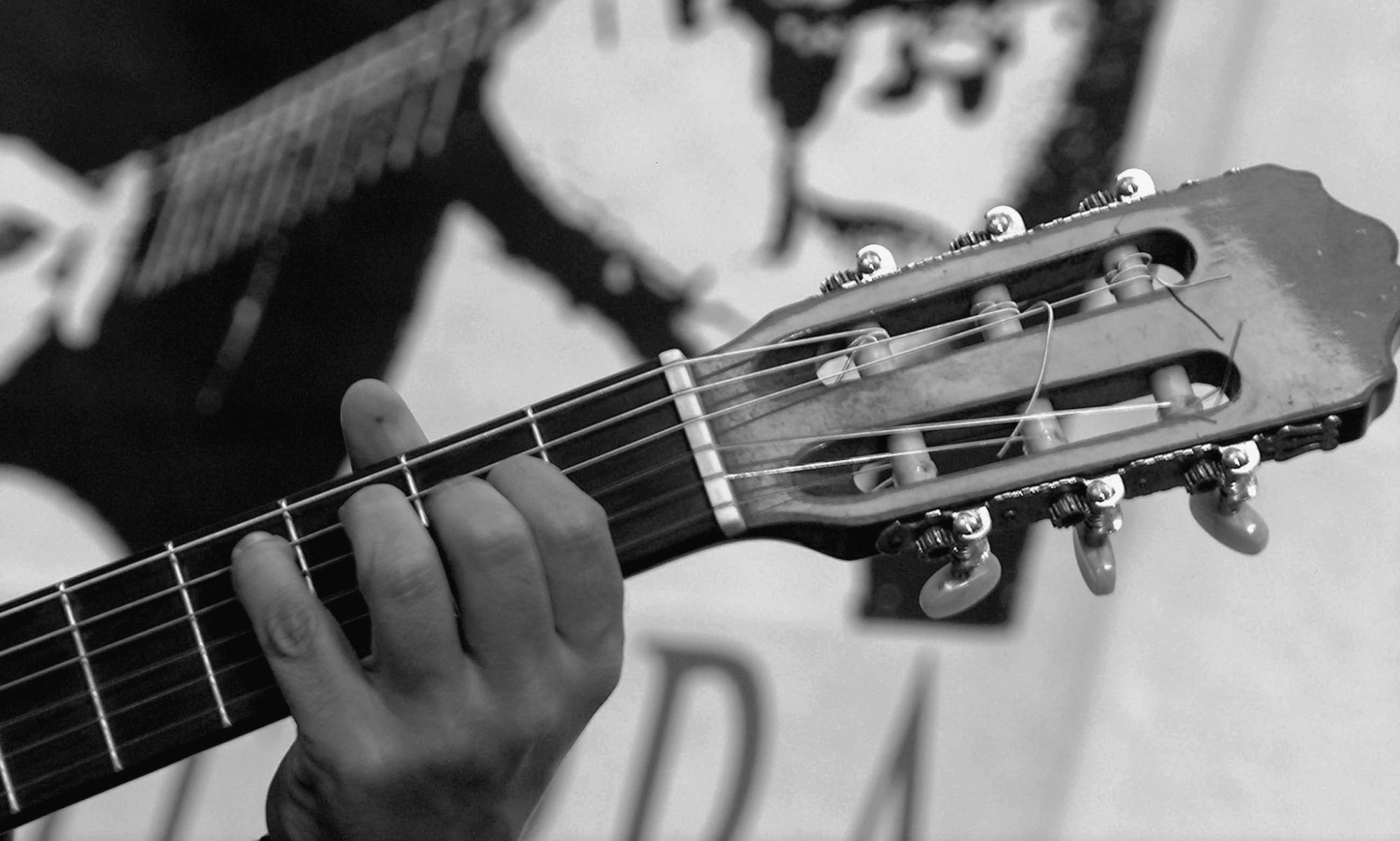
From its emergence as political and social commentary in the 1960s, nueva trova became a defining feature of Cuban musical culture. This study of contemporary Cuban song shows how it has developed over the years and has risen and fallen in cultural relevance, like the social themes reflected in the lyrics.
While there are a number of works in Spanish about this artistic movement, this is the first in English that explains this important aspect of Cuban culture. The time span—more than fifty years—allows for analysis of how this particular art form has changed over time. While the accompaniment of a simple six-string guitar is still most common, the traditional structure of the movimiento de la nueva trova was mostly defunct by the mid-1980s. But though they address different motives and problems, the thoughtfully written songs continue. Contemporary Cuban artists are often influenced now by other genres, including hip-hop, pop, and popular Cuban dance music.
Written by Joaquín Borges-Triana, a journalist, author, and Cuban music expert, this illustrative work is essential reading for anyone interested in Cuban culture or musicology. It has been translated into English by Robert Nasatir.
Joaquín Borges-Triana is the author of many books and articles on contemporary Cuban song. The most recently published include Músicos de Cuba y del mundo: Nadie se va del todo and La luz, bróder, la luz: Canción Cubana Contemporánea. Borges-Triana holds a PhD from the Instituto Superior de Arte (ISA) in Havana. He often teaches classes to both Cuban and visiting students. Residing in Havana, he is a journalist for El Caimán Barbudo.
